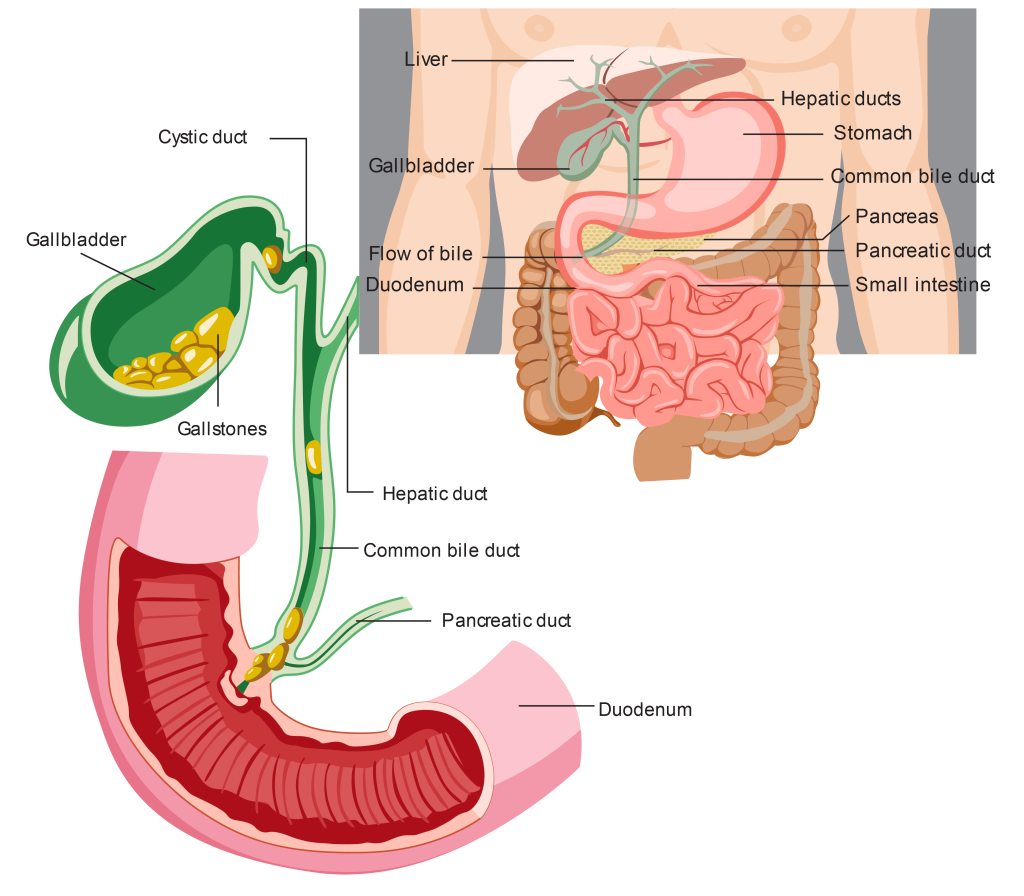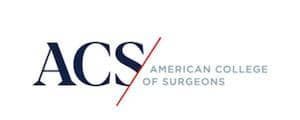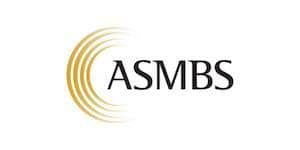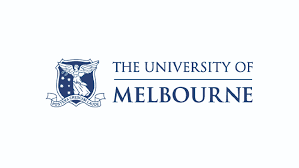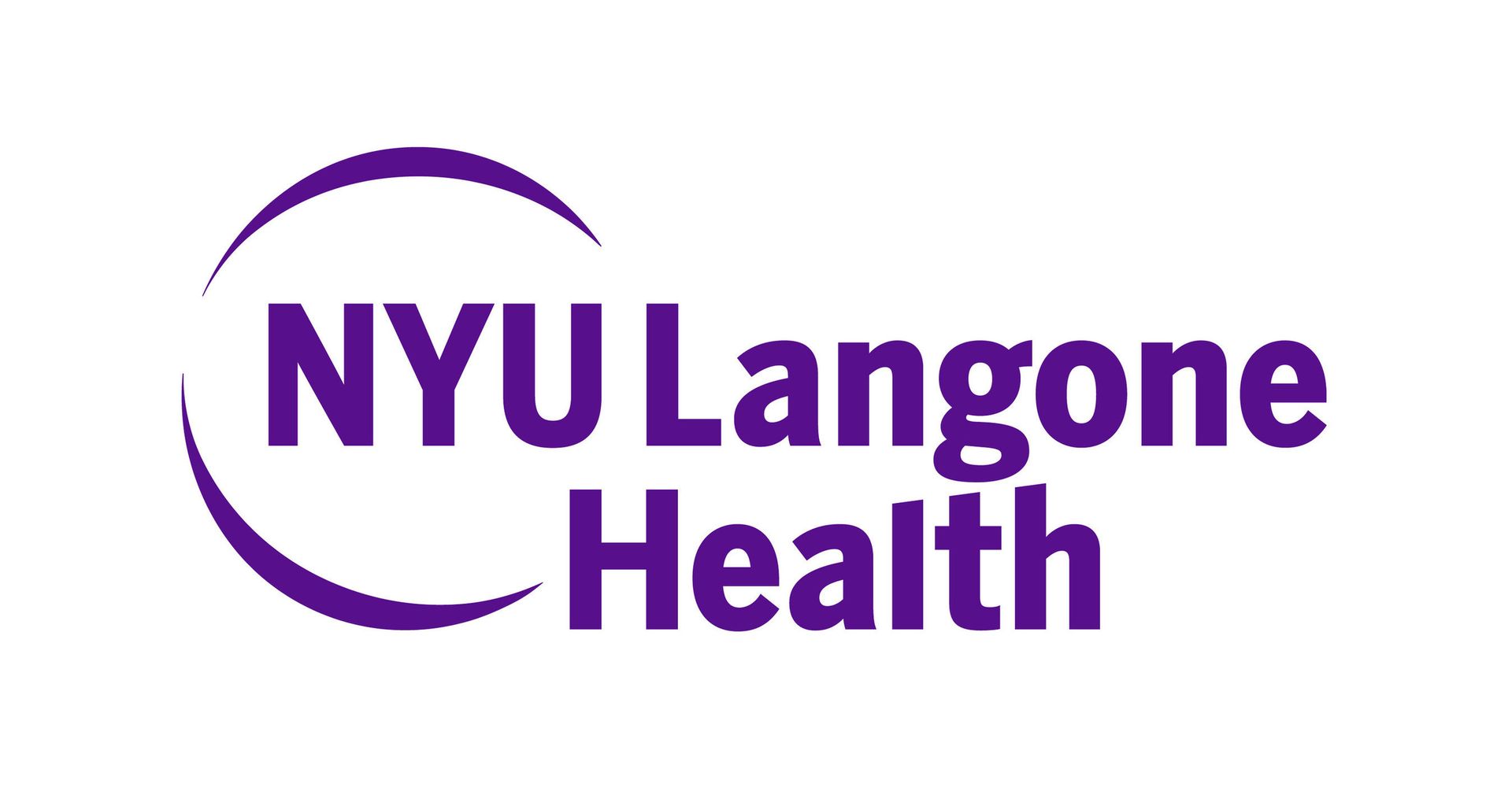Gallstones & Gallbladder Surgery
What is Your Gallbladder?
The gallbladder is a hollow, pear-shaped organ below the liver. Its primary function is to store bile, a thick yellow-green liquid produced in the liver.
Bile aids in the digestion of fatty foods.
Stored bile drains from the gallbladder into the common bile duct, opening into the small intestine.
Gallstones are common. Approximately 10% of men and 25% of women have gallstones. However, most are asymptomatic and do not require treatment.
Most gallstones are made from cholesterol and are frequently mixed with calcium and bile pigments.
Gallstones
Causes of Gallstones
Gallstones are formed when there is an imbalance of bile salts, phospholipids and cholesterol within the bile.
Risk factors for gallstone formation include:
- Obesity
- Gender - more common in women
- Increasing age
- Family history of gallstones
- Oestrogen - Excess oestrogen from pregnancy, hormone replacement therapy, or birth control pills. Women between 20 and 60 are twice as likely to suffer from gallstones as men.
- Cholesterol-lowering drugs.
- Diabetes - People with diabetes generally have high levels of fatty acids called triglycerides.
- Liver cirrhosis
- Rapid weight loss - As the body metabolises fat during rapid weight loss, it causes the liver to secrete extra cholesterol into bile.
- Spinal cord injury
- Total parenteral nutrition
Signs of Gallstones
Symptoms may vary and often follow fatty meals, which may occur at night.
Typical symptoms include:
- abdominal bloating and abdominal pain
- recurring intolerance of fatty foods
- steady pain in the right side of the upper abdomen
- pain in the back between the shoulder blades
- pain under the right shoulder
- nausea or vomiting
- Indigestion and belching
The pain in the upper abdomen may increase and last from 30 minutes to several hours and resolves on its own.
Symptoms of gallstone disease can mimic a heart attack, appendicitis, gastric ulcers, irritable bowel syndrome, reflux, pancreatitis, and hepatitis.
An accurate diagnosis is important.
Diagnosis of Gallstones
Various tests may be required to confirm the existence and nature of gallstones. These include:
- Blood Tests
- Ultrasound
- Computed tomography
- Magnetic resonance imaging (MRI)
Gallbladder Disease
Usually, gallstones do not cause any problems, but if gallstones block the gallbladder outlet, trapping the bile in the gallbladder, pain and secondary infection of the gallbladder can result.
Gallstones are responsible for the majority of gallbladder diseases. Gallstones may lead to gallbladder inflammation, known as cholecystitis, they may block the main bile ducts and they can cause pancreatitis. Less commonly, gallstones can cause other conditions can such as bowel obstruction and be implicated in development of gallbladder polyps and, rarely, gallbladder cancer.
What is Gallbladder Surgery?
Gallbladder surgery, or cholecystectomy, is a surgical procedure to remove the gallbladder. It is usually recommended for the treatment of symptomatic gallstone disease. It may also be recommended for management of biliary dyskinesia (abnormal gallbladder emptying), polyps and gallbladder cancer.
The procedure is performed laparoscopically (keyhole surgery) and can be performed as a same day surgery.
Additional procedures may be performed as part of the operation such as a cholangiogram (intraoperative X-ray) to delineate the anatomy of the bile ducts and check for stones. Common bile duct exploration may additionally be performed to remove gallstones lodged in the bile ducts.
Gallbladder Surgery Recovery
After gallbladder surgery, following a well-planned recovery plan can help ensure a smooth and successful healing process. While every individual's recovery may vary, here are some general guidelines for a gallbladder surgery recovery plan:
- Rest and recovery: Follow your surgeon's advice on how much rest you need and gradually increase your activity levels as you feel able to. Most people will take 7-10 days off work.
- Pain management: Take the medication as prescribed and as needed, following the instructions provided by your healthcare provider.
- Incision care: Keep the incision sites clean and dry as instructed by your surgeon.
- Diet and eating habits: Initially, you may be advised to follow a low-fat diet to allow your body to adjust to the absence of the gallbladder. Gradually introduce regular foods as tolerated, and listen to your body's cues regarding what foods may cause discomfort or digestive issues.
- Physical activity: Initially, focus on gentle activities such as short walks, gradually increasing the duration and intensity as your surgeon advises. You will need to avoid heavy lifting and strenuous physical activity for 4 weeks after surgery.
- Medication management: You may resume your usual medication after surgery. Your surgeon will advice you when to resume blood thinners or antiplatelet medications.
- Follow-up appointments: Attend all scheduled follow-up appointments with your surgeon. These appointments are important for monitoring your recovery, removing any necessary stitches or staples, and addressing any concerns or questions.
- Gradual return to normal activities: Gradually resume your normal activities, including work, as you can and as your surgeon advises. Listen to your body and avoid pushing yourself too quickly. It's important to give yourself enough time to recover fully.
Gallbladder Surgery Risks
Risks of cholecystectomy may include:
- Bile duct injury
- Bile leak
- Bleeding
- Damage to bowel or other intra-abdominal organs
- Need to convert to an open procedure
- Infection
- Retained stones
- Incisional hernia
- Ongoing symptoms
Our Locations
Consulting Locations
The Avenue Consulting Suites
42 The Avenue
Windsor VIC 3181
The Emeline Medical Centre
138 Glenferrie Rd
Malvern VIC 3144
Warragul Specialist Centre
197-199 Sutton Street
Warragul VIC 3820
www.warragulspecialistcentre.com.au
Operating Locations
The Avenue Hospital
40 The Avenue, Windsor VIC 3181
Contact Us
Business Hours
Mon - Fri: 9:00 am - 5:00 pm
Sat - Sun: Closed
Public Holidays: Closed

